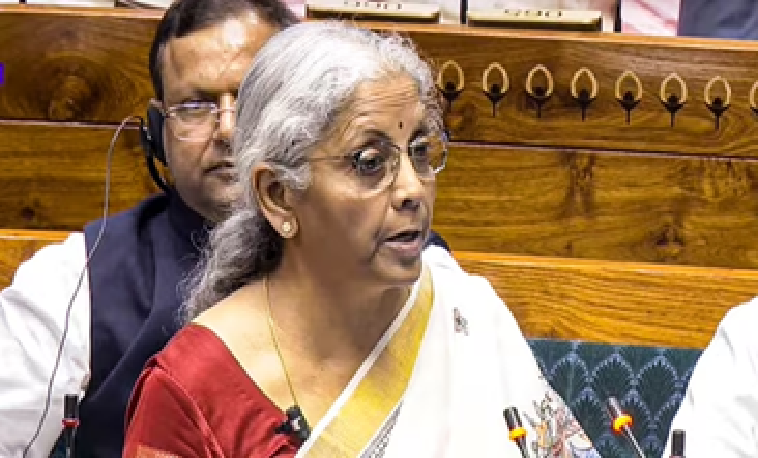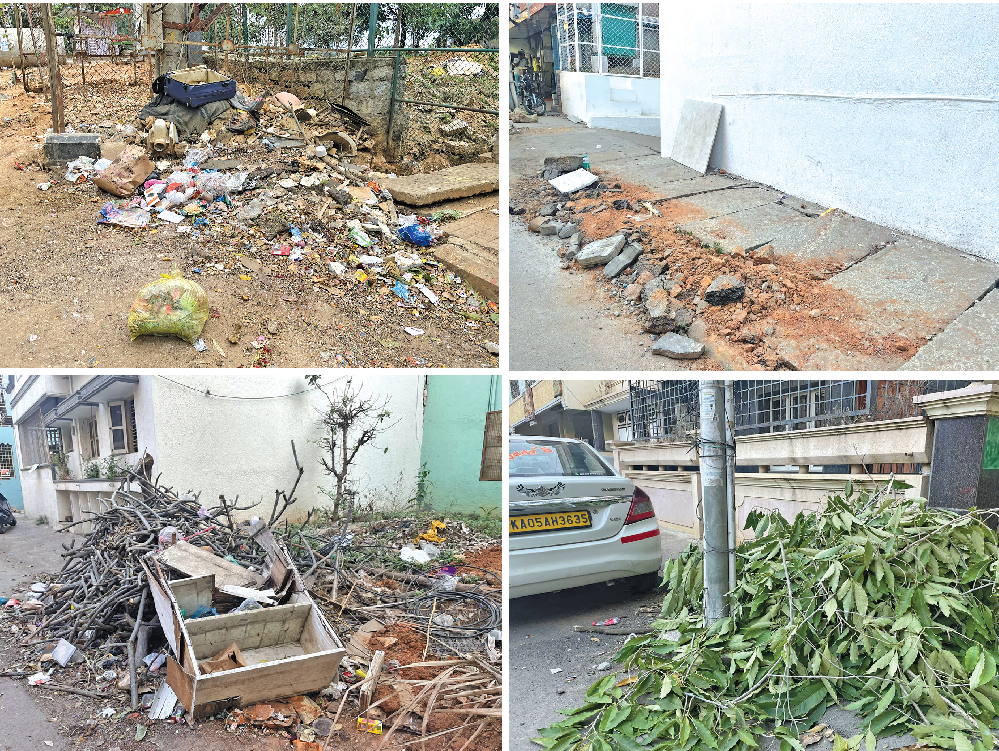
Koramangala's woes: Persistent potholes, broken footpaths, and pollution
Sowmya Raju | NT Bureau
Bengaluru: Koramangala Ward 151 under the Bruhat Bengaluru Mahanagara Palike (BBMP) is a bustling area in Bengaluru, encompassing a mix of residential and commercial spaces.
It is known for its parks, like Subramanyaswamy Temple Park and Wipro Park, offering green spaces amidst the urban environment.
The ward is also home to a variety of shops, restaurants, and cafes, making it a popular spot for residents and visitors alike. Koramangala Ward 151 struggles with persistent potholes and poor road conditions.
Despite continuous efforts from the BBMP to address these issues, the problem remains. A BBMP worker said, “There is only so much we can do in our capacity, we are doing our best.”
The potholes pose a significant risk to both motorists and pedestrians, causing damage to vehicles and increasing the likelihood of accidents.
One rider complained, “eavy rains cause water to collect in potholes, making them harder to see and avoid, leading to more frequent accidents and vehicle damage. Additionally, the waterlogged potholes contribute to further road deterioration, compounding the problem.”
The uneven and broken footpaths in Koramangala Ward 151 present a significant challenge for pedestrians.
Many walkways are riddled with cracks and holes, making them hazardous, especially for the elderly, children, and those with mobility impairments.
One fruit vendor lamented, “Walking here normally itself is a huge task, I walk with the fruit basket on my head. If I walk on the sidewalk, I trip, if I walk on the road, there are fast-moving vehicles, what else can I do?”
Broken stormwater drains in Koramangala exacerbate flooding during heavy rains. Inefficient drainage systems fail to channel water effectively, leading to waterlogging and damage to infrastructure and garbage choking.
Stagnant water from blocked drains has become breeding grounds for mosquitoes, increasing the risk of diseases like dengue and malaria.
The overflow from these drains is causing damage to roads and footpaths, compounding existing infrastructure issues. The extremely polluted rajkaluve (stormwater drain) in the ward is a significant environmental and health hazard.
The waterway is often clogged with garbage, industrial waste, and sewage, leading to foul odours and an unhygienic environment. This pollution affects the local ecosystem and poses severe health risks to residents, including respiratory issues and waterborne diseases.
During the monsoon season, the polluted rajkaluve often overflows, spilling contaminants onto the surrounding roads. Compounding this issue, houses have been constructed along the banks of this polluted waterbody.
As a result, the groundwater in the area is extremely polluted, leading to various health concerns for residents. Many struggle with skin and hair-related issues due to the contaminated water.
Public urination, especially near the stormwater drains is a significant issue in the area contributing to unsanitary conditions and unpleasant odors in public spaces.
This practice is often due to a lack of adequate public toilet facilities, leaving many people with no choice but to relieve themselves in open areas. On-road parking is a growing concern, leading to congestion and reduced road safety.
Many streets are lined with parked vehicles, narrowing the available space for moving traffic and creating bottlenecks. This situation is particularly problematic during peak hours, causing delays and increasing the risk of accidents. Illegal and haphazard parking further exacerbates the issue, obstructing footpaths and forcing pedestrians to walk on the road.
A senior citizen complained, “This situation worsens at night as there are no street lights in several streets and there have been several near accidents.”
 English daily published in Bengaluru & Doha
English daily published in Bengaluru & Doha






